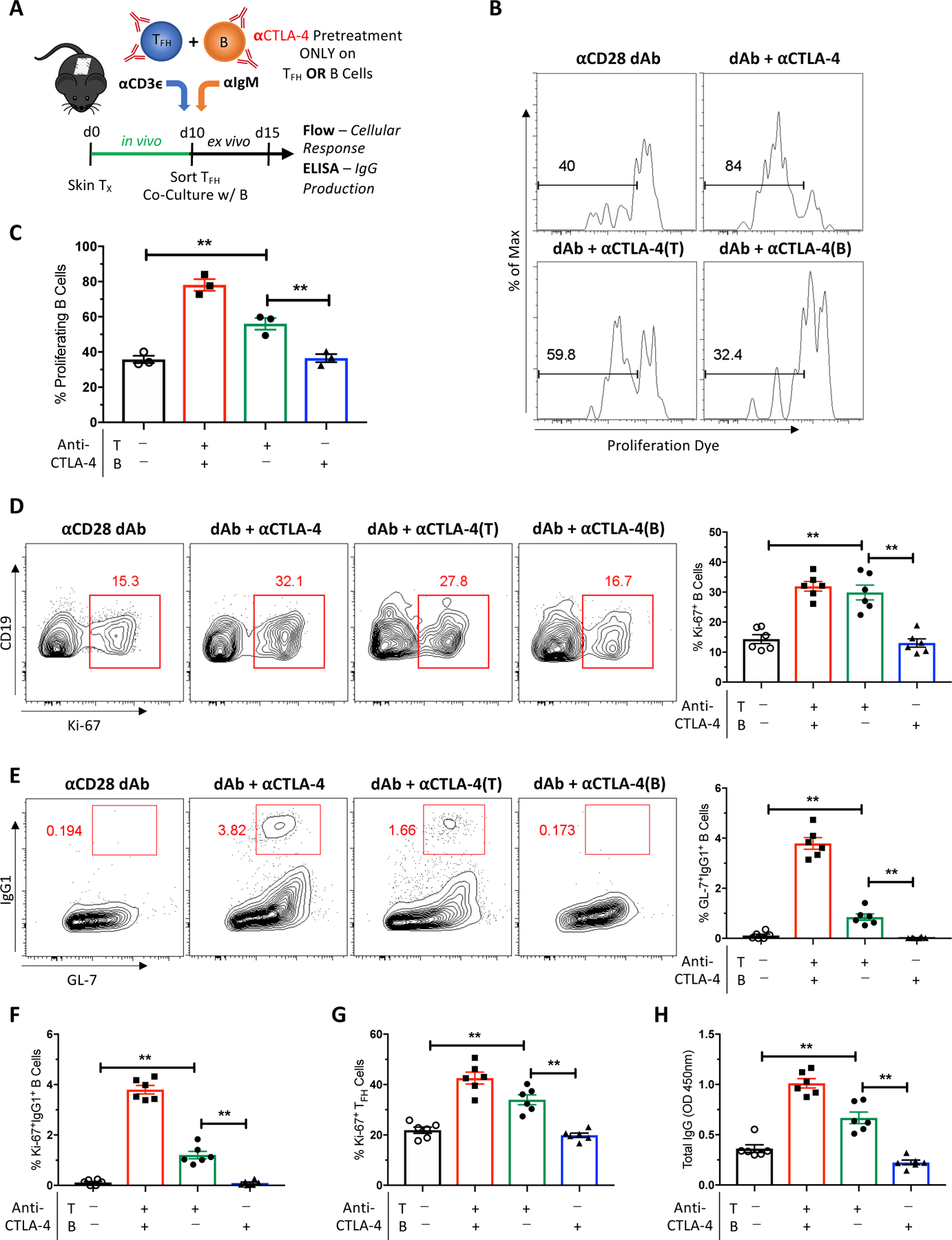Figure 5. CTLA-4-dependent superior inhibition of selective CD28 Blockade is Tfh cell-specific.

(A) Naïve B6 mice were transplanted with BALB/c skin, left untreated, and sacrificed 10 days post-transplant. Tfh and B cells from graft-DLNs were isolated and co-cultured for 5 days. Tfh:B cell co-cultures were treated with anti-CD28 dAb alone, anti-CD28 dAb plus anti-CTLA-4 mAb, or anti-CD28 dAb plus individual pre-treatment of either Tfh or B cells with anti-CTLA-4 mAb. (B) Representative histograms depicting B cell proliferation by eFluor670 proliferation dye under the indicated conditions. (C) Summary data of the frequencies of proliferating B cells (n=3 per group). (D) Representative flow plots of B cell proliferation as measured by Ki-67 and summary data of the frequencies of proliferating Ki-67+ B cells (n=6 per group). (E) Representative flow plots of class-switched GC-like GL7+IgG1+ B cells and summary data of the frequencies of these class-switched B cells (n=6 per group). Summary data of the frequencies of (F) proliferating class-switched B cells (n=6 per group), (G) proliferating Tfh cells (n=6 per group), and (H) supernatant total IgG levels (n=6 per group). Summary data represent mean (SE) and are representative of at least 2 independent experiments, with cells pooled from 10 mice per experiment and 3–6 co-culture wells per treatment group. **p < 0.01.
